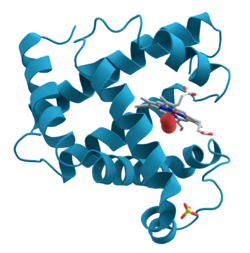| Display title | Biology:Ku (protein) |
| Default sort key | Ku (protein) |
| Page length (in bytes) | 15,965 |
| Namespace ID | 3026 |
| Namespace | Biology |
| Page ID | 800896 |
| Page content language | en - English |
| Page content model | wikitext |
| Indexing by robots | Allowed |
| Number of redirects to this page | 0 |
| Counted as a content page | Yes |
| Page image |  |
| HandWiki item ID | None |
| Edit | Allow all users (infinite) |
| Move | Allow all users (infinite) |
| Page creator | imported>Rtexter1 |
| Date of page creation | 20:13, 11 February 2024 |
| Latest editor | imported>Rtexter1 |
| Date of latest edit | 20:13, 11 February 2024 |
| Total number of edits | 1 |
| Recent number of edits (within past 90 days) | 0 |
| Recent number of distinct authors | 0 |
Description | Content |
Article description: (description)
This attribute controls the content of the description and og:description elements. | Ku is a dimeric protein complex that binds to DNA double-strand break ends and is required for the non-homologous end joining (NHEJ) pathway of DNA repair. Ku is evolutionarily conserved from bacteria to humans. The ancestral bacterial Ku is a homodimer (two copies of the same protein bound to each... |

